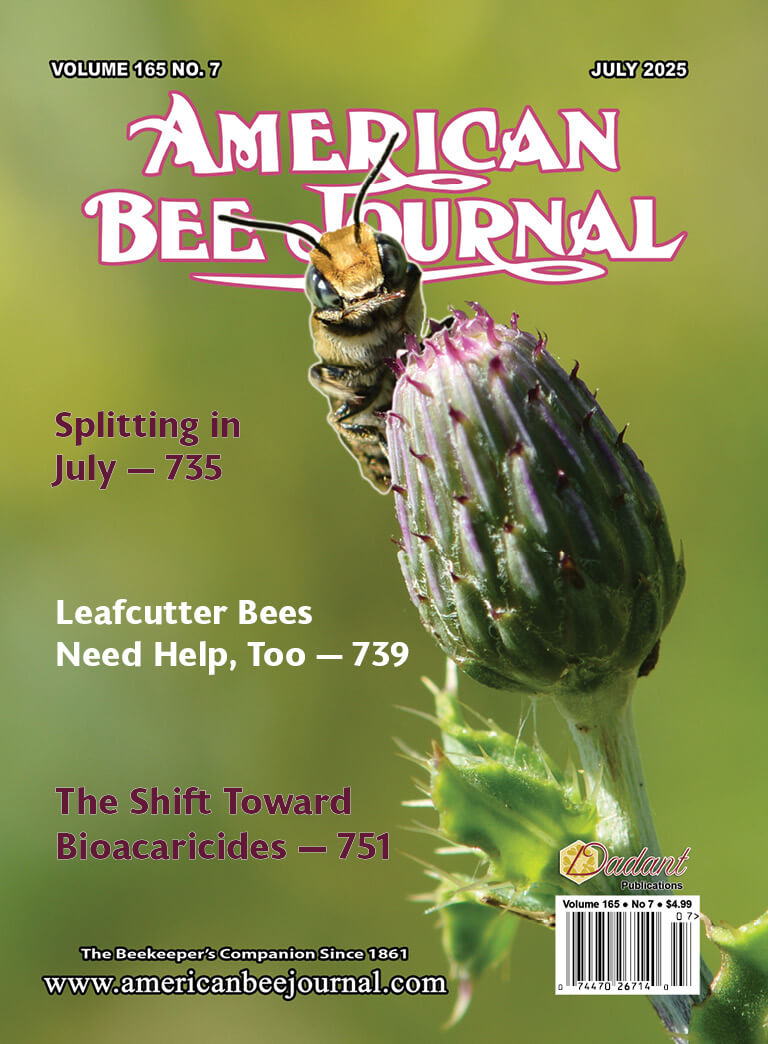Beekeeping Basics
A Year of Successful Beekeeping Starts in July
The funny thing about us Americans is that we think of the new year as starting in the middle of winter, while some cultures celebrate their new year in the fall, and others in the spring. However, since we are beekeepers, our new year needs to start when the bees begin a new year. It could be argued that swarm season is the culmination of their year — that preparing for the reproduction of the colony was the goal that consumed every decision of the year. In June, colonies recover from the swarm, and begin preparing for the next swarm season, starting with gathering stores to survive winter so that they can be ready to do it all again when the weather warms in spring.
What is happening in our colonies in July?
Within the colony, the bees are focused on making and storing honey. They keep a population appropriate to the amount of stores coming in, and react to changes like a sick or damaged queen. Later in the season, they react to reduced nectar and pollen by reducing population size and removing drones. But that is about as far as their ability to foresee the future seems to extend. We, their keepers, have the ability to foresee better ways to meet that future and proactively prepare for it.
One of the main drivers of the spring swarm impulse is the age and pheromone level of the queen, along with pollen flow and colony size. By the time of the one-year anniversary of the spring buildup, the queen begins to exhibit reduced queen substance. As beekeepers, whose goal is to help the bees do what they want to do in a way that is healthy for them while keeping them from becoming a public nuisance, we split our colonies in spring. Our timing is driven by the bees’ swarm instinct. We create an artificial swarm that mimics what the bees will do if left to their own devices, i.e., the mother queen gets moved to a new colony with some proportion of the population of bees, while the remaining bees raise a new queen and get a brood break.
The factors that drive the swarm instinct are: queen pheromone levels, a high population of bees accentuating lower queen pheromone (it gets passed by touch, so lots of bees equals less queen substance per recipient), and incoming pollen and nectar. By replacing the queen after the spring buildup, we remove the first two of those factors …


